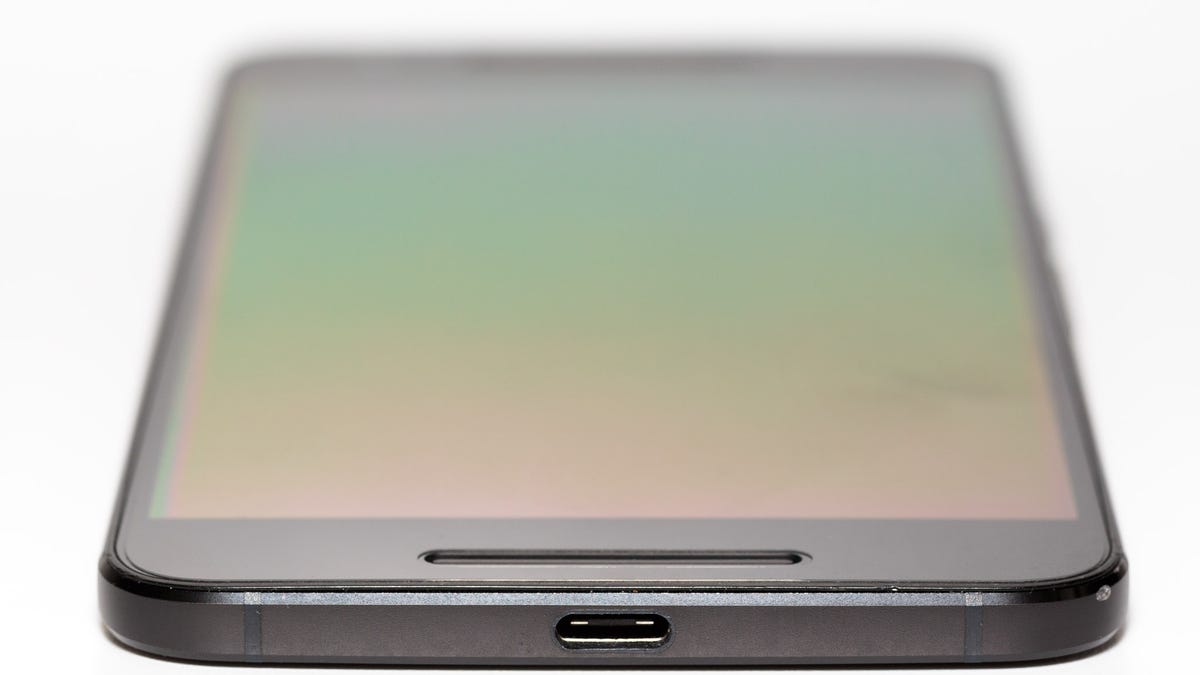Hit the road, headphone jack. USB wants your job
A trade group is done creating a technology to let ordinary USB ports take over from the 3.5mm audio jack on laptops and PCs.
Traditional audio jacks on your phone or laptop are one step closer to the grave with the completion of technology that will let USB ports take over the job.
The USB Implementers Forum announced Tuesday (PDF) it's done creating an audio technology that will let the widely used USB port handle headsets and microphones.
USB audio existed before, but the new version 3.0 of the standard ensures USB-connected headphones won't significantly hurt phone battery life and codifies details like how a pause button on your earbuds will work, Intel architect Brad Saunders said in an August interview. It will also make it cheaper to include premium features like noise cancellation, he said.
Apple has been roundly criticized for dropping the 3.5mm audio jack, a decades-old but still useful technology, from the new iPhone 7. Instead, it uses the phone's proprietary Lightning port and supplies an adapter to plug in older devices.
But Apple defended the move as courageous and liberating, and there are signs others will make the same decision to move toward newer digital technology. The new USB audio technology makes that move easier for device manufacturers. You may not be happy about it, but it may be time to make your peace.
"The 3.5mm audio jack is increasingly unpopular, as designers don't want to deal with old, analog technology," said IHS analyst Brian O'Rourke.
USB audio and the new USB Type-C connector are well-suited to each other. The same USB-C ports work on PCs, tablets and phones, which would make USB headphones or earbuds more versatile. And USB-C is increasingly versatile, able to handle new device charging duties and video on top of USB's traditional job of transferring data.
The USB Implementers Forum certainly wants to see its technology exterminate the 3.5mm audio jack.
"USB audio over USB Type-C allows [manufacturers] to remove the 3.5mm analog audio jack, shaving up to a millimeter off product designs and reducing the number of connectors on a device," the organization said in a statement. "Fewer connectors will open the door for innovation in countless ways and make it easier to design waterproof or water-resistant devices."
The new USB-C technology also features an "alt mode" that lets it act like other types of ports, including DisplayPort and HDMI video. However, the USB Implementers forum is also working on a separate USB video technology for basic video tasks like connecting external monitors.


